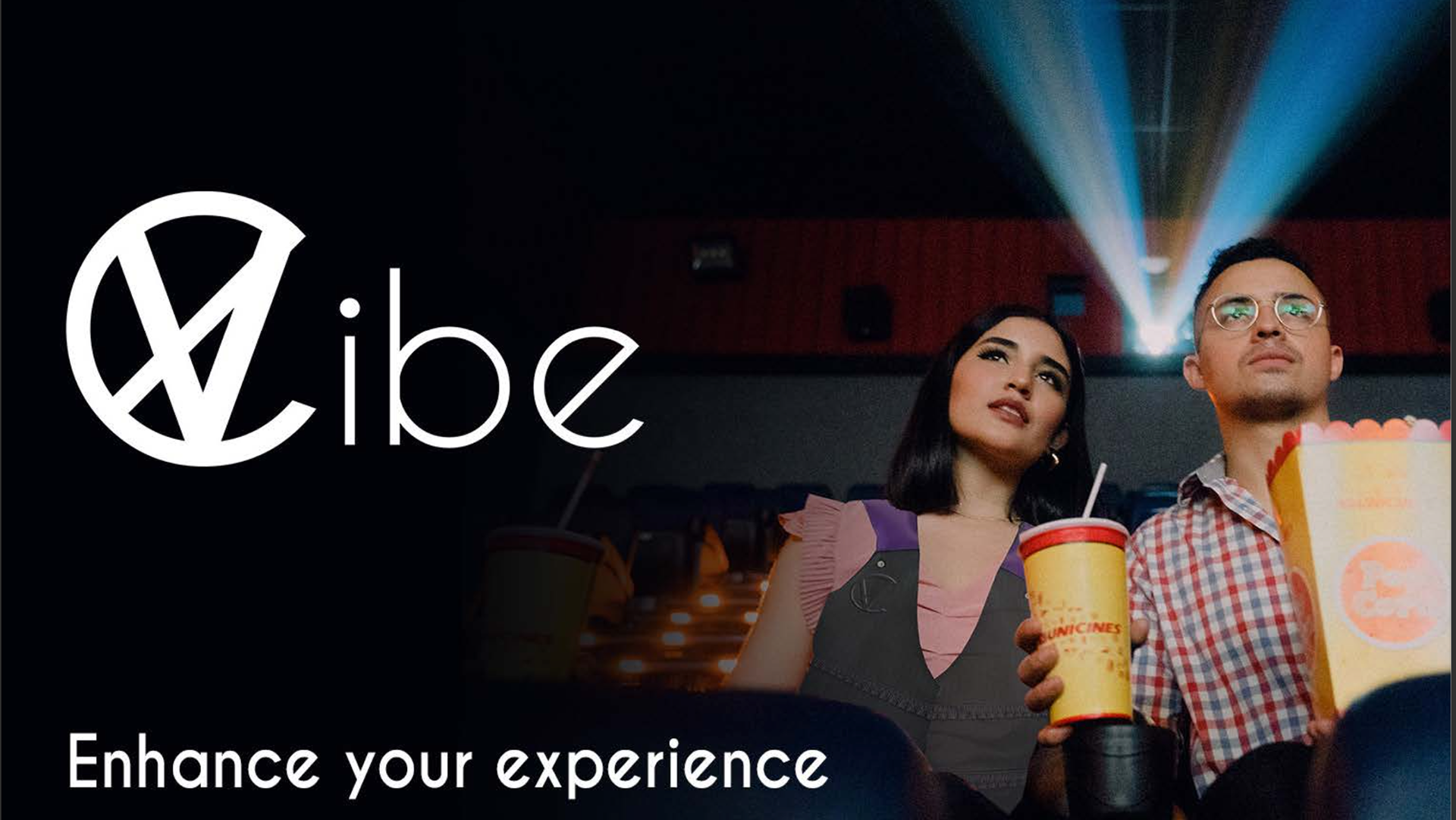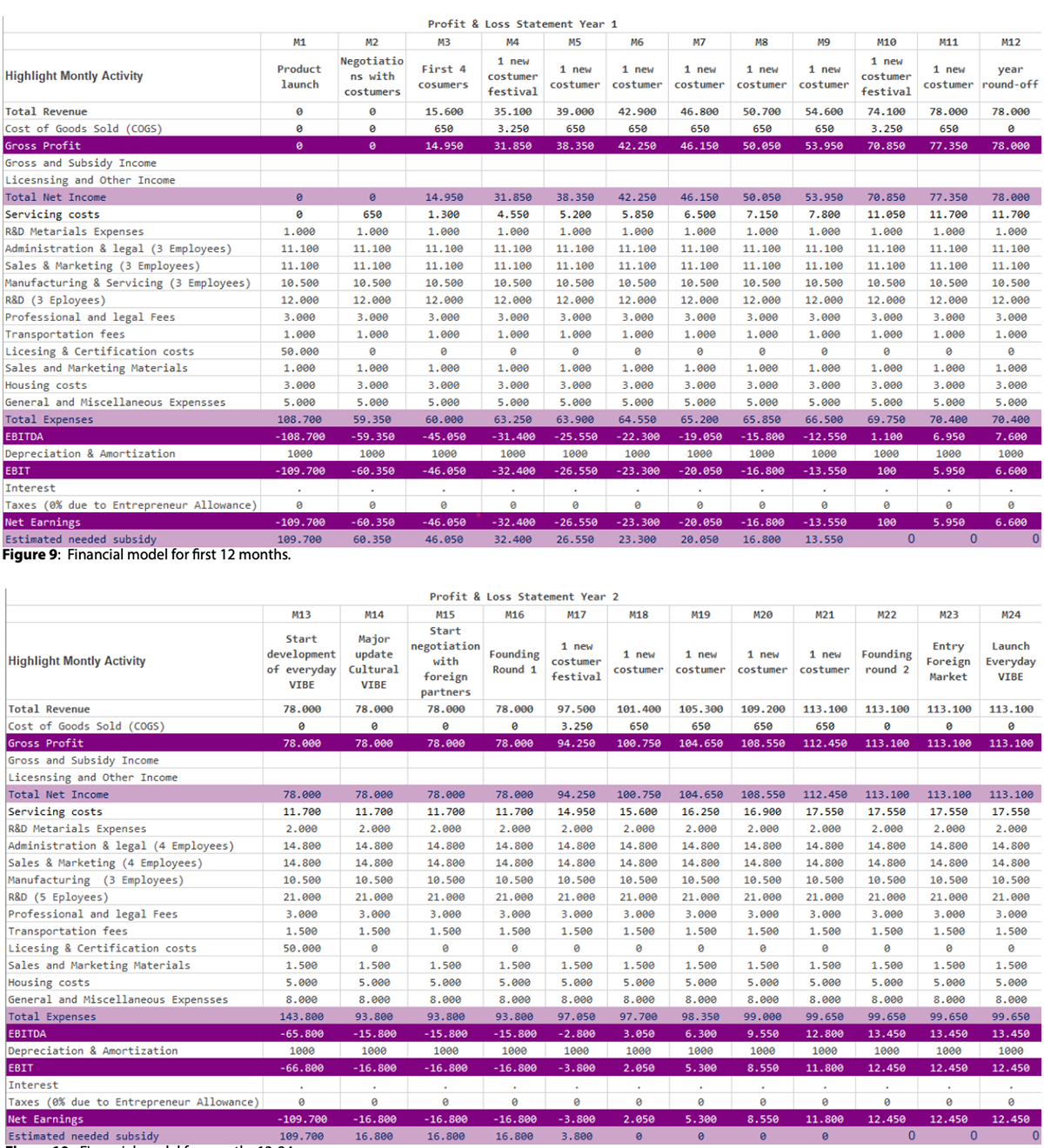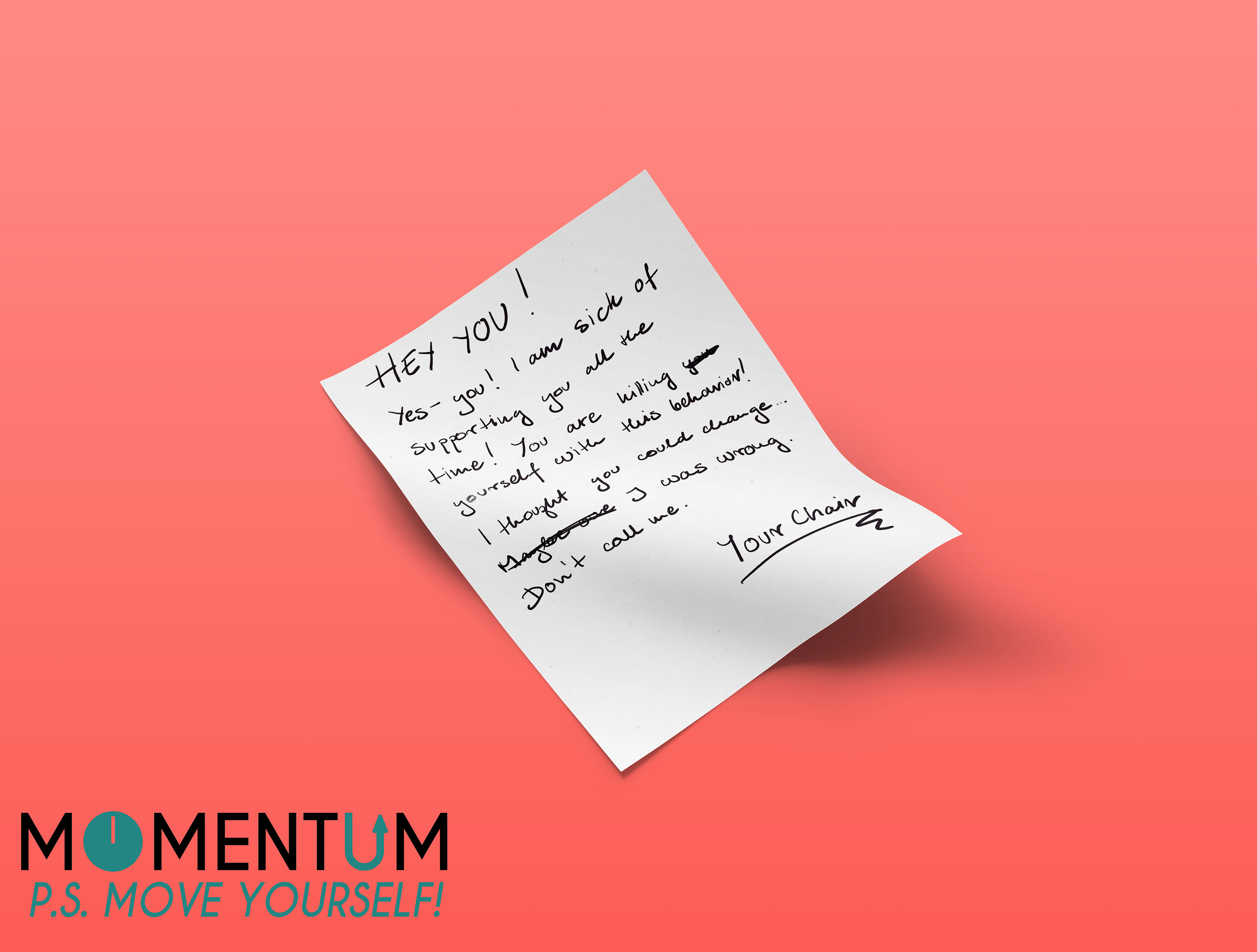My main goal concerning Business and Entrepreneurship expertise area was to work with clients, see how the industry works and find a place for me in it.
During my Masters, I managed to work with 3 big stakeholders on different projects. QmA was a project addressing the problem of low response rates for course questionnaires. The project got funded by University to develop a Minimum Viable Product and test it with users. This was a big learning point for me. I was able to see how design ideas can be later developed and tested, made multiple iterations and quick validations with users and confront my ideas with technological solutions. Most importantly we needed to choose crucial functionalities and focus on developing those instead of the full system to asses if the concept is worth developing further.
In the M21 semester, I was able to work with Ahrend and develop furniture inspired by the product in their collection - Powernap bed. In this project, I worked with many stakeholders - Neurosonic, TNO, Workplace Vitality Hub and Zens. I had a more market-oriented approach and focus to redesign the furniture to meet the needs of office workers and lower the threshold of using the product. I was able to present my design in front of the sales team of Ahrend and currently, the company would like to develop the idea further. This cooperation gave me a lot of insight into product development and I was able to calculate estimated costs of production and estimated price of it.
For the FMP I decided to work with a client not strictly connected with design - ABB. Our cooperation had a different work dynamic as I was the only designer working with the Administration team. This type of work gave me a lot of freedom and allow me to test assumptions and focus on users rather than market suitability. The product that was developed in the end, and its potential for commercializing was a side effect of a user-focused approach. I learned that I work well both in teams of designers, but I am also capable of steering my own process as a one-person consulting agency or freelance designer.
In various projects, I get to know different tools and techniques for launching a new product. In the course Design Innovation Strategies (DAM120) I learned to use Business Model Canvas (Osterwalder et al., 2011) more as an idea sketchbook rather than a final deliverable to plan business and asses different assumptions made while doing it. With our team, we created a business plan for the product Vibe - a vest with vibrating motors, which allowed deaf people to receive haptic signals from the environment. In the course, we developed branding, thought of possible investors and partners of the projects, created a financial model and Business Network Positioning Map and considered commercializing the product for a wider audience. Most importantly I learned to test my assumption frequently and iterate on the ideas to find a market fit.

Vibe advertisement (elective)

Business Network Positioning Map (Vibe)

Financial Model (Vibe)

Momentum Campaign (M12)

Momentum Campaign (M12)

Service blueprint (M11)

Reload Booth - Product Reaction Cards outcomes (M21)
Osterwalder, A., Pigneur, Y., Oliveira, M. A. Y., & Ferreira, J. J. P. (2011). Business Model Generation: A handbook for visionaries, game changers and challengers. African journal of business management, 5(7), 22-30.